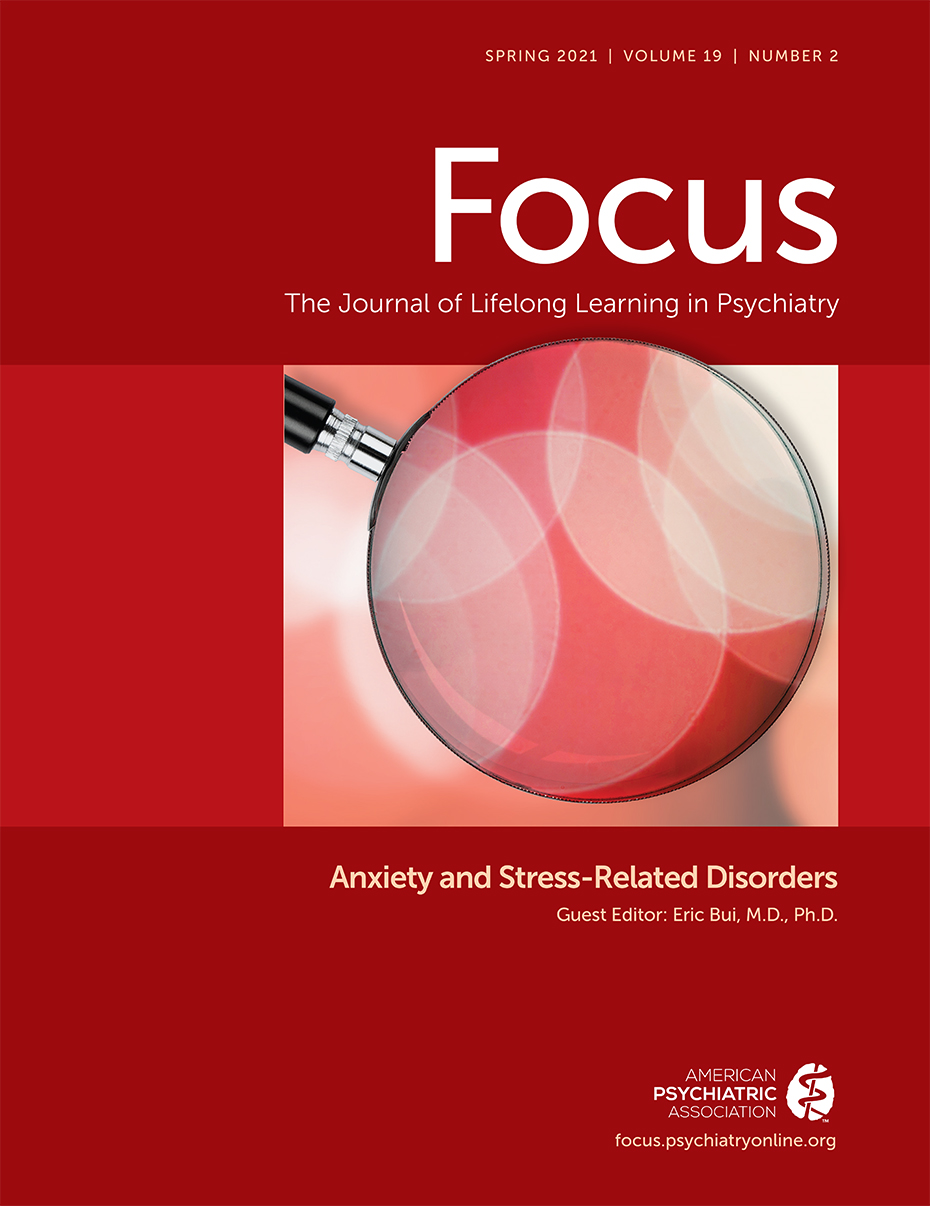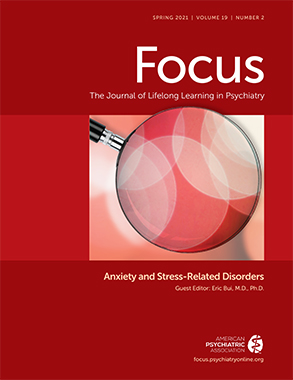Prolonged Grief Disorder: Course, Diagnosis, Assessment, and Treatment
Abstract
Grief Course and Risk Factors
Diagnosis of Prolonged Grief Disorder
Diagnostic Criteria
| ICD-11 prolonged grief disorder criteriaa | Proposed prolonged grief disorder criteria for DSM-5-TRb |
|---|---|
| History of bereavement after the death of a partner, parent, child, or other loved one | The death, at least 12 months ago, of a person who was close to the bereaved individual (for children and adolescents, at least 6 months ago). |
| At least one of the following symptoms: A persistent and pervasive longing for the deceased; a persistent and pervasive preoccupation with the deceased | Since the death, the development of a persistent grief response characterized by one or both of the following symptoms, which have been present most days to a clinically significant degree: intense yearning/longing for the deceased person, and preoccupation with thoughts or memories of the deceased person (in children and adolescents, preoccupation may focus on the circumstances of the death). In addition, the symptom(s) have occurred nearly every day for at least the last month. |
| At least one symptom of intense emotional pain: sadness, guilt, anger, denial, blame; difficulty accepting the death; feeling one has lost a part of one’s self; an inability to experience positive mood; emotional numbness; difficulty in engaging with social or other activities | Since the death, at least 3 of the following symptoms have been present most days to a clinically significant degree: identity disruption (e.g., feeling as though part of oneself has died) since the death; marked sense of disbelief about the death; avoidance of reminders that the person is dead (in children and adolescents, may be characterized by efforts to avoid reminders); intense emotional pain (e.g., anger, bitterness, sorrow) related to the death; difficulty reintegrating into one’s relationships and activities after the death (e.g., problems engaging with friends, pursuing interests, or planning for the future); emotional numbness (absence or marked reduction of emotional experience) as a result of the death; feeling that life is meaningless as a result of the death; intense loneliness as a result of the death. In addition, the symptoms have occurred nearly every day for at least the last month. |
| The disturbance causes significant impairment in personal, family, social, educational, occupational, or other important areas of functioning. | The disturbance causes clinically significant distress or impairment in social, occupational, or other important areas of functioning. |
| Time and impairment: persisted for an abnormally long period of time (more than 6 months at a minimum); following the loss, clearly exceeding expected social, cultural, or religious norms for the individual’s culture and context | The duration and severity of the bereavement reaction clearly exceeds expected social, cultural or religious norms for the individual’s culture and context. The symptoms are not better explained by major depressive disorder, posttraumatic stress disorder, or another mental disorder, or attributable to the physiological effects of a substance (e.g., medication, alcohol) or another medical condition. |
Differential Diagnosis
Common Comorbid Conditions
Prolonged Grief Disorder Assessment
| Assessment | Description | Scaling | Scoring |
|---|---|---|---|
| Self-report measures | |||
| Brief Grief Questionnaire (49) | Five-item, brief-screening, self-report measure that assesses grief-related symptoms | 0=not at all, 1=somewhat, 2=a lot | Range=0–10. Total score≥8 indicates probable prolonged grief disorder. Total scores from 5 to 7 indicate subthreshold prolonged grief disorder. |
| Inventory of Complicated Grief (50) | 19-item, self-report measure assessing grief severity | 0=never, 1=rarely, 2=sometimes, 3=often, 4=always | Range=0–76. Clinical cutoff≥25 or≥30. |
| Prolonged Grief Disorder-13 (51) | 13-item, self-report measure that assesses grief-related feelings, thoughts, and actions | Duration and impairment rated as yes or no; 11 other items rated 1 (not at all) to 5 (several times a day or overwhelmingly) | Range=11–55. Scored by summing the symptom items after excluding the two yes or no items. Suggested clinical cutoff≥35. |
| Diagnostic interviews | |||
| Structured Clinical Interview for Complicated Grief (52) | 31-item, clinician-administered interview that assesses prior month grief symptoms to determine prolonged grief disorder diagnosis | 1=not present, 2=unsure or equivocal, 3=present | Range=31–93. As yet, no suggested clinical cutoff. Used to supplement clinical judgment of diagnosis. |
| Clinician-Administered Prolonged Grief Disorder Scalea | Scale assessing clusters of symptoms, including yearning and emotional pain; cognitive, emotional, and behavioral symptoms; symptom onset and duration; and distress and impairment | 0=absent, 1=mild and subthreshold, 2=moderate, 3=severe, 4=extreme and incapacitating | Psychometric evaluation ongoing. |
| Assessments of select grief characteristics | |||
| Yearning in Situations of Loss Scale-Bereaved (53) | 21-item, self-report measure of longing for the deceased | 1=never, 3=sometimes, 5=always | Range=21–105. No currently suggested cutoff. |
| Typical Beliefs Questionnaire (54) | 25-item, self-report measure of maladaptive thoughts related to grief | 0=not at all, 1=somewhat, 2=moderately, 3=strongly, 4=very strongly | Range=0–100 raw total, 0–25 dichotomized. Scoring can be continuous total scores or dichotomous scoring (3 or 4 is endorsed). |
| Grief-Related Avoidance Questionnaire (55) | 15-item, self-report measure assessing grief-related physical and mental avoidance behaviors | 0=never, 1=rarely, 2=sometimes, 3=often, 4=always | Range=0–60. Total score calculated through summing. Factor-based subscales include reminder of loss, reminder of death, and sympathy situation. |
Screening Questionnaires (Self-Report)
Diagnostic Interviews
Assessment of Select Grief Characteristics
Evidence-Based Treatments for Prolonged Grief Disorder
Complicated Grief Treatment (CGT)
CBT
Support Groups
Pharmacotherapy
Future Directions
Coronavirus (COVID-19) Implications
Characterization of Prolonged Grief Disorder
Conclusions
References
Information & Authors
Information
Published In
History
Keywords
Authors
Competing Interests
Funding Information
Metrics & Citations
Metrics
Citations
Export Citations
If you have the appropriate software installed, you can download article citation data to the citation manager of your choice. Simply select your manager software from the list below and click Download.
For more information or tips please see 'Downloading to a citation manager' in the Help menu.
View Options
View options
PDF/EPUB
View PDF/EPUBLogin options
Already a subscriber? Access your subscription through your login credentials or your institution for full access to this article.
Personal login Institutional Login Open Athens loginNot a subscriber?
PsychiatryOnline subscription options offer access to the DSM-5-TR® library, books, journals, CME, and patient resources. This all-in-one virtual library provides psychiatrists and mental health professionals with key resources for diagnosis, treatment, research, and professional development.
Need more help? PsychiatryOnline Customer Service may be reached by emailing [email protected] or by calling 800-368-5777 (in the U.S.) or 703-907-7322 (outside the U.S.).

